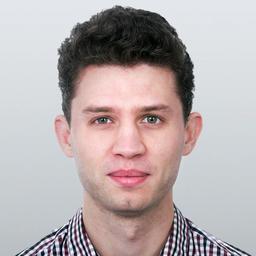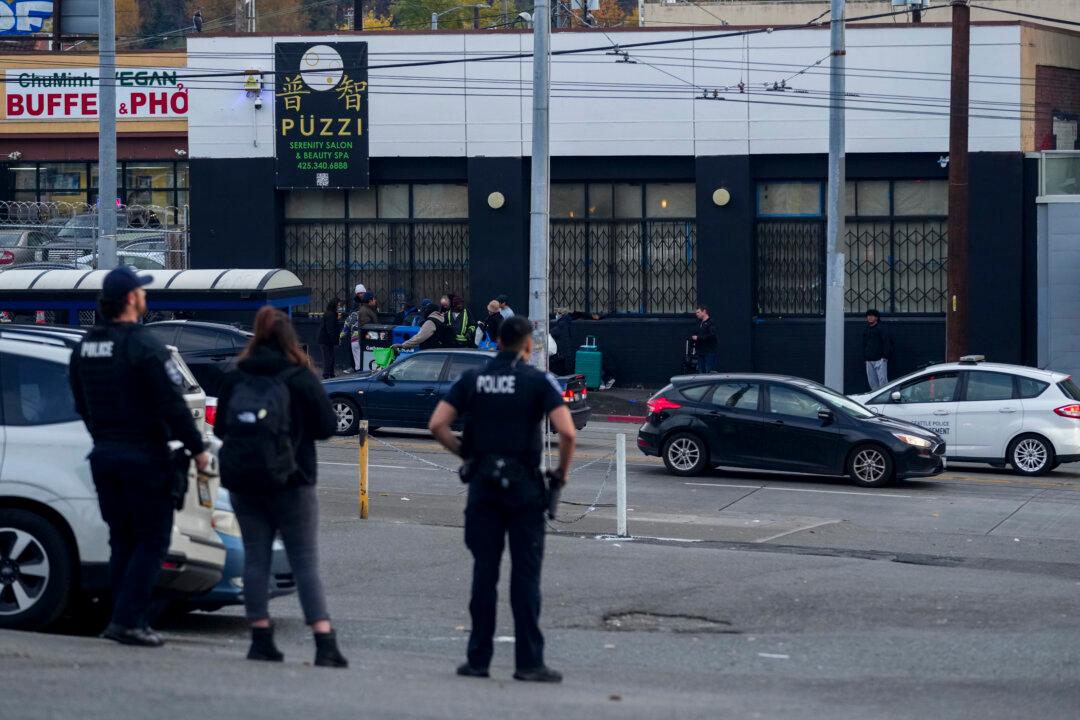NATO announced on Jan. 24 that it’s placing extra forces on standby and sending more warships and fighter jets to Eastern Europe as Russia continues its military buildup near Ukrainian territory.
“I welcome Allies contributing additional forces to NATO,” NATO Secretary-General Jens Stoltenberg said in a statement.





